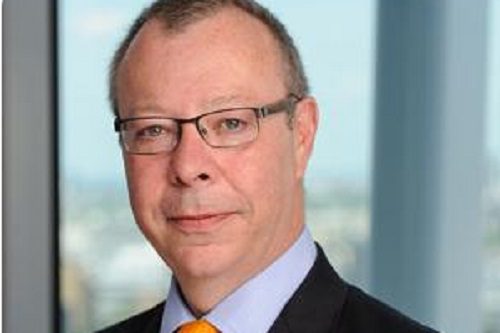"Say what you mean. Mean what you say" – What made the 1/1 reinsurance renewal season harder?

Authored by Liberty Underwriting Manager James Green
Once all the hurdles had been overcome, with the micro and macro changes that have influenced the hardening property reinsurance market in the 1/1 renewals, most programs managed to be placed. This demonstrates that unlike the very challenging renewal seasons during the early 90s, there was just enough supply of capacity to satisfy demand.
Last year I wrote the following:
“I know a lot of people, cedants brokers and reinsurers alike, will be thinking “thank goodness that’s all over!”, however those of us of a certain age will have had a sense of deja vu.”
How prophetic. However, with hindsight, the 2021 renewal season was a doddle compared to the one we have just had!
One of the elements that was surprising is how many participants were in denial about what was happening given that the messaging from reinsurers was very consistent during the conference season and in client meetings. This was genuinely not the market for thinking that reinsurers were bluffing.
So, what made this renewal season so much harder than the one at December 2021:
2022 losses. Ukraine war, French hail, Australian floods and just when we thought it couldn’t get worse along came Hurricane IanCollapse of the retro market, named perils, trapped capital.Some reinsurers either exited the market at the last minute or announced reduced capacity.All reinsurers communicated their desire to move away from attrition, particularly aggregate deals.Contract changes: hours clauses, paid reinstatements, named perilsCapital insisting on a much-improved returnA genuine sense of fear on the part of some (retro dependent) reinsurers
At the same time there were macro influences that impacted the placement and pricing of programs:
Climate change – The impact of climate change can really be felt in the low-level attachment layers and the aggregate programs, both of which struggled at renewal Inflation – a broad catchall which encompasses normal price inflation, which is prevalent across the world, social inflation, post loss inflation, supply chain inflation made all the worse by the war in Ukraine and Covid issues in China reducing production; all of these make reinsurers nervous when assessing exposures and potential lossesReinsurers continued to differentiate between clients. Differentiation covers many different angles other than price, for example: loss experience, claims performance, management strength, business strategy, and the depth of the client relationship.Profitability – whilst insurers have been enjoying profitability in recent years reinsurers have been heavily impacted by losses and profitability has been eroded creating tension at capital provider level.
How did it all end up? Once the above hurdles were successfully negotiated most programs managed to get placed, which demonstrated that unlike the very challenging renewal seasons during the early 90s and post 11th September 2001, there was just enough supply of capacity to satisfy demand. The temptation to compare renewal seasons with those of the past, particularly the hard market of the 90s, is difficult to do as there are fundamental differences; the late 80s and late 90s witnessed a period of severe losses which impacted multiple lines of business. At the same time there was a tidal wave of long tail losses washing up on balance sheets; also carriers did not have the benefit of cat modelling tools, so risk assessment was very challenging!
In terms of hard facts on rate changes for the renewal season, this is not the forum for that as every entity measures rate changes in a slightly different way and there can be an element of subjectivity, however I am sure all parties would agree that rate changes at 1st January were positive.
What does the rest of the year hold for all of us? There is no doubt that things are not going to get easier and for a lot of territories and perils it will be even worse. The changes we have seen in the 1/1 renewals must not be seen as a “one year fix”. In order to create sustainability within the reinsurance market, we must continue this momentum over a sustained period of time.
Reinsurers are responsible to their shareholders, but also to clients and brokers, which can be a very difficult line to tread, particularly in a hard market. Therefore, it is imperative that the messaging is clear and consistent so that all parties know where they stand.






